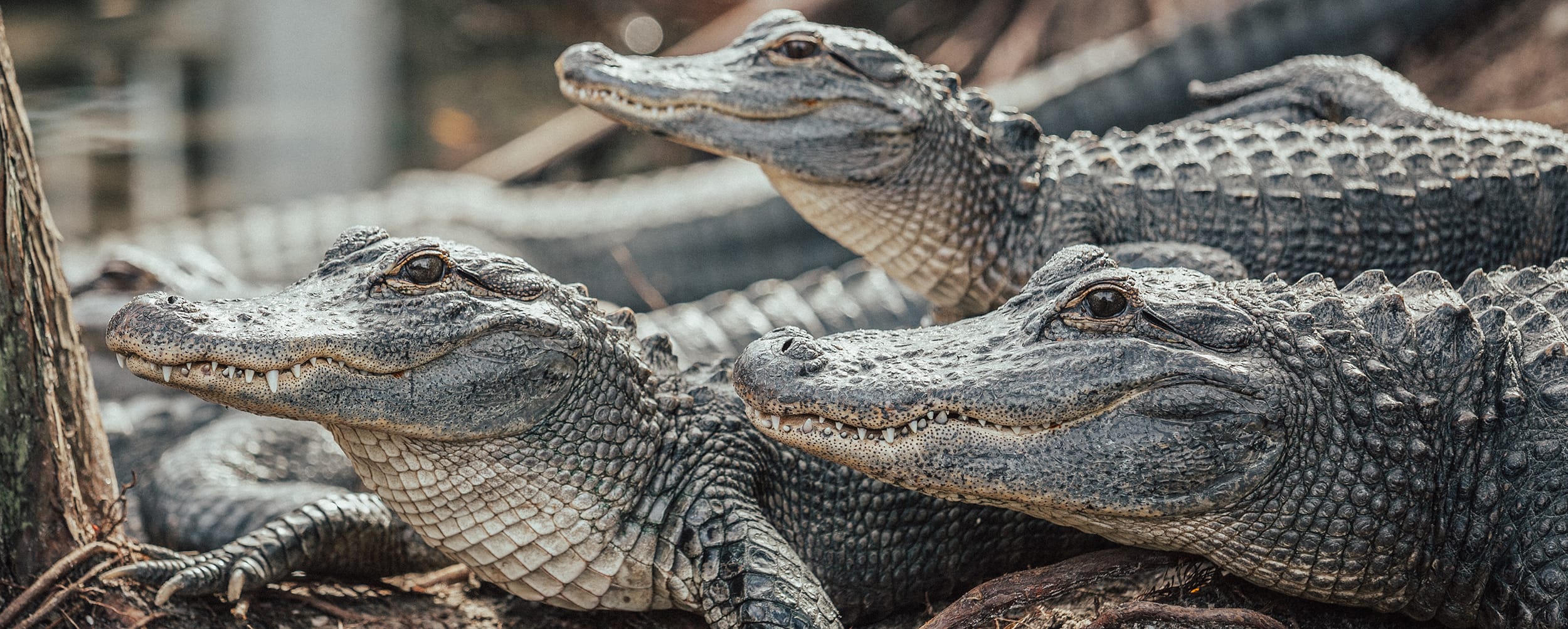Antimicrobial resistance (AMR) is one of the most urgent global health threats. On the 26th of September, heads of state and government representatives gathered to assess progress, identify gaps, and propose solutions to curb the growing threat of AMR.
Having actively influenced the negotiations, we reviewed the outcome to highlight what’s progressive, what’s missing, and what’s needed next for governments, farmers, investors, and animal advocates.
AMR is a crucial area for the animal protection movement, as it threatens animal health and is driven by practices in food systems that also cause animal suffering. The use of antimicrobials on farms—particularly as growth promoters or preventively to compensate for poor animal husbandry practices—poses a significant risk for the development of resistant bacteria, which can spread to humans through food, water, and the environment.
Recognising the need to tackle AMR in agrifood systems
The Declaration calls for a One Health approach, addressing human, animal, and environmental health and includes important commitments:
- A ‘meaningful’ reduction, by 2030, in antimicrobials used globally in the agri-food system from the current level, and “investing in animal health to reduce the need for AMU and ensure that AMU is appropriate”.
- Phasing out the use of medically important antimicrobials for growth promotion.
- Encouraging prudent and responsible use of antimicrobials when used prophylactically, although it stops short of phasing out prophylactic use entirely.
- Prioritising and funding the implementation of measures to prevent and control infections and ensure prudent, responsible and evidence-based use of antimicrobials in animal health, including through the promotion of good animal husbandry and agriculture practices.
What’s missing
The declaration lacks explicit reference to ensuring high-welfare practices to reduce antimicrobial use – this was recognised in the process but the final version reworded it as ‘good animal husbandry’. Though animal husbandry cannot be good unless it provides good welfare, the phrasing risks being interpreted in other ways that might not then reduce AMU.
More broadly, there is concern that this year’s Political Declaration lacks sufficient clear targets. It includes only one: to reduce the number of human deaths due to AMR by 10% by 2030. Earlier drafts called for a 30% global reduction in AMU in animal health and agriculture and set a timeline for ending their use for growth promotion. However, this was removed, leaving the commitment vague and increasing the risk of a fragmented approach across countries.
A path forward to fight AMR
To implement the Declaration, countries –and the agrifood industry itself – must set clear, measurable targets for phasing out AMU in animal agriculture as growth promoters.
Governments should enforce stricter regulations on AMU in agriculture, promote high-welfare practices alongside consistent animal health services to prevent animal infections, strengthen surveillance systems, and invest in research for sustainable farming.
At the same time, the agrifood industry needs to transition away from practices and systems that rely on the use of AMU as growth promoters and prophylactic AMU, while investors should ensure their funds do not contribute to AMR development.
Next steps for the animal welfare movement
The Declaration provides us with opportunities for further action.
We need to keep promoting animal health and welfare as the most effective and cost-efficient route to prevent and control infectious disease emergence and spread in animal agriculture. Specifically, our advocacy has shown we need more data on the relative impact of AMU in the agri-food system on AMR emergence and clearer guidance on improving animal health and welfare to reduce the need for AMU. Best practices and recommended measures, including their positive impacts on the industry, are urgently needed.
Furthermore, we need to continue engaging in initiatives focused on AMR, emphasising that promoting animal health and welfare is essential to preventing disease and reducing AMU, thus helping reduce AMR development.
Photo Credit: Bear Witness Australia / We Animals





